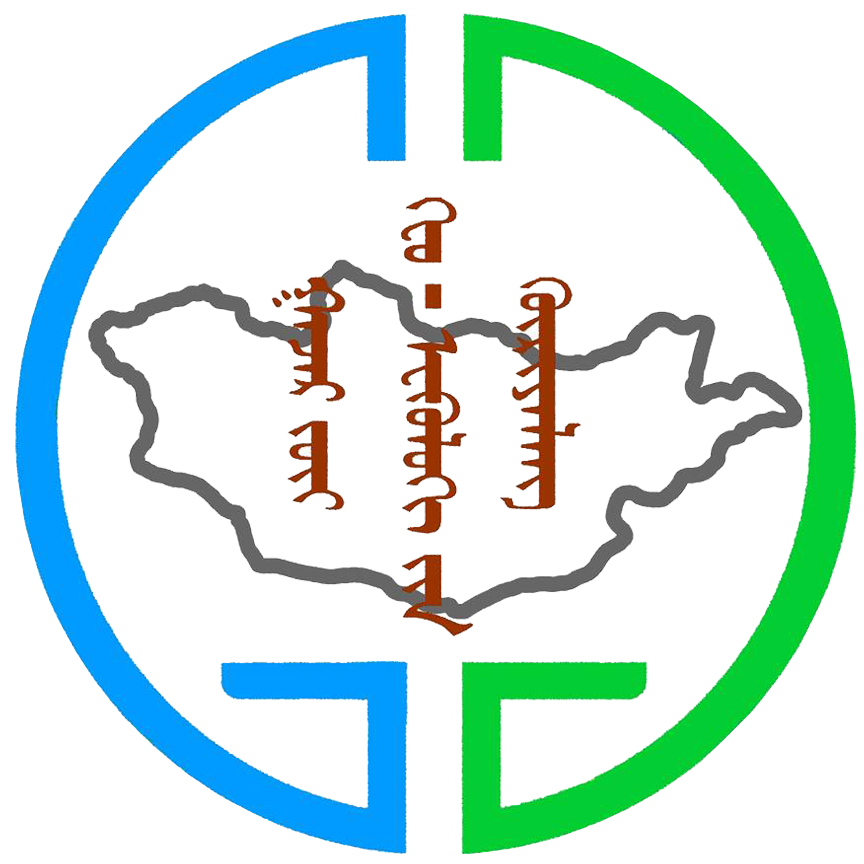Computer_science_application_2014.pdf
Abstract: In recent years, the processing and analysis of hyperspectral images have become the main tasks of many researchers dealing with RS (remote sensing) image processing. Unlike the traditional multispectral datasets taken in the optical range of electro-magnetic spectrum, the hyperspectral data deals with an enormous amount of bands and the data are formed as collections of hundreds of images of the same scene with each image corresponding to a narrow interval of the electro-magnetic wavelength. It is clear that such datasets offer the superior potential for more accurate and detailed information extraction than is possible with other types of RS data. In this research, Hyperion (hyperspectral imager) and ALI (advanced land imager) sensor images have been used onboard EO-1 satellite. The goal of this paper is to compare two different approaches in geological feature extraction for an image classification. Before the classification spectral and spatial enhancements are applied. Advanced satellite images classification represents an accurate and cost effective for land cover mapping at regional scale. The output of each of the feature extraction method is classified using a maximum likelihood classification and spectral angle mapper methods. The results are analyzed and compared.
There are no views created for this resource yet.
Additional Information
| Field | Value |
|---|---|
| Data last updated | September 26, 2018 |
| Metadata last updated | September 26, 2018 |
| Created | September 26, 2018 |
| Format | application/pdf |
| License | Бусад (Арилжааны бус) |
| created | over 7 years ago |
| format | |
| id | 6112a73f-600c-4f75-b39e-7bc6c5a81590 |
| last modified | over 7 years ago |
| mimetype | application/pdf |
| on same domain | True |
| package id | 8f520675-3db9-4d5a-b4f7-b8daab61399f |
| revision id | 603d44fb-ce4c-42dc-9bec-2047171280fb |
| size | 367.6 KiB |
| state | active |
| url type | upload |
